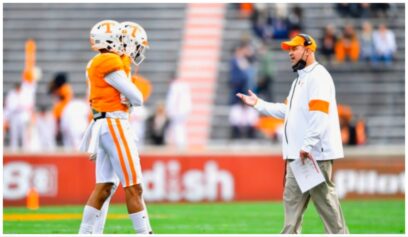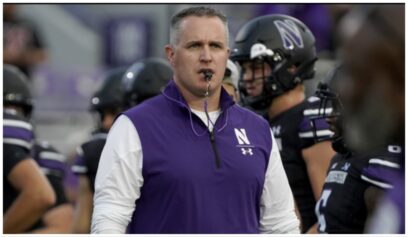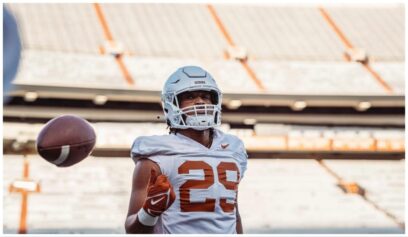Quarterbacks with the ability to extend plays with both their legs and arms have carried a premium value, especially in the world of college football. Most young sports fans believe that it all began with the Michael Vick era, which indeed forever changed the landscape of the position as he gave opposing defenses fits when he burst on the scene in the NFL in 2002. But well before the likes of Vick, Vince Young, Denard Robinson and even Johnny Manziel, there was a young man who hailed from Pittsburgh, PA who took his talents to Morganton, West Virginia and turned the college football world upside down.
Coming out of high school, Major Harris was considered one the top recruits in the country. A “quarterback” who was extremely athletic yet possessed all of the tools to play the signal-caller role at the next level. Like most kids, it was Major’s desire to play for the hometown team and shine in front of his family and friends. However the University of Pittsburgh had other plans for Harris, as they did heavily recruit him but to play defensive back, not quarterback. Prior to the upward trend of using more black quarterbacks in the late 1980’s, many schools convinced black players who were star QB’s in high school to convert to playing cornerback or safety to use their athleticism. The perception at the time was that black players did not have the intellect or wherewithal to lead a team from the quarterback spot. Harris decided that this was't an option, so he took his talents to West Virginia University where coach Don Nehlen was trying to rebuild the quarterback position.
Entering his freshman year, Harris would redshirt a year and go on to compete with fellow freshman Browning Nagle in spring practice before the 1987 season. Harris eventually won the starting job, forcing Nagle to transfer to Louisville. While he would struggle through the early part of his redshirt freshman season, the elusive dual-threat QB had a breakout game against East Carolina which served as a preview of things to come. He produced 1,200 yards passing and 615 rushing yards in helping the Mountaineers earn a Sun Bowl birth against Thurman Thomas-led Oklahoma State.
The following season, he was nearly perfect in directing West Virginia to the school’s first-ever undefeated regular season and a matchup against top-ranked Notre Dame in the Fiesta Bowl for the national championship. Harris drove defenses crazy the entire season with his daring, unpredictable, wide-open style. It was never more apparent than in West Virginia’s 51-30 dismantling of long-time nemesis Penn State as Harris outgained the entire Nittany Lions squad, 301-292, and produced one of the most exciting runs of the season in the first quarter of that game.
As a junior, Harris was equally spectacular despite not having as strong a supporting cast. He passed for 2,058 yards and rushed for 936 yards to finish third in the 1989 Heisman Trophy balloting. He earned first team Kodak All-America honors and was a second team AP and Football News All-American. He would also be voted ECAC player of the year. Harris established a WVU record with 7,334 total yards and became one of just two quarterbacks in Division I history to pass for more than 5,000 yards and rush for more than 2,000 yards. His 2,161 rushing yards rank eighth on the school all-time rushing list.
At the completion of his junior year, Major left school early and was drafted in the 12th round by the Los Angeles Raiders, though he would never play a down in the NFL. Instead he would go on to play one season in the Canadian Football League with the British Columbia Lions before spending parts of the next five years in the Arena Football League. In 1995, Harris returned to WVU to complete his degree in physical education. In 2010, he was inducted into the College Football Home of Fame.
So next time you think of saying that the quarterback position was mobilized by the likes of Vick, McNabb or Cam Newton, pay homage to one of the true original dual threats, Mr. Major Harris. A true college football #TSLThrowbackAttack legend. #RESPECT



